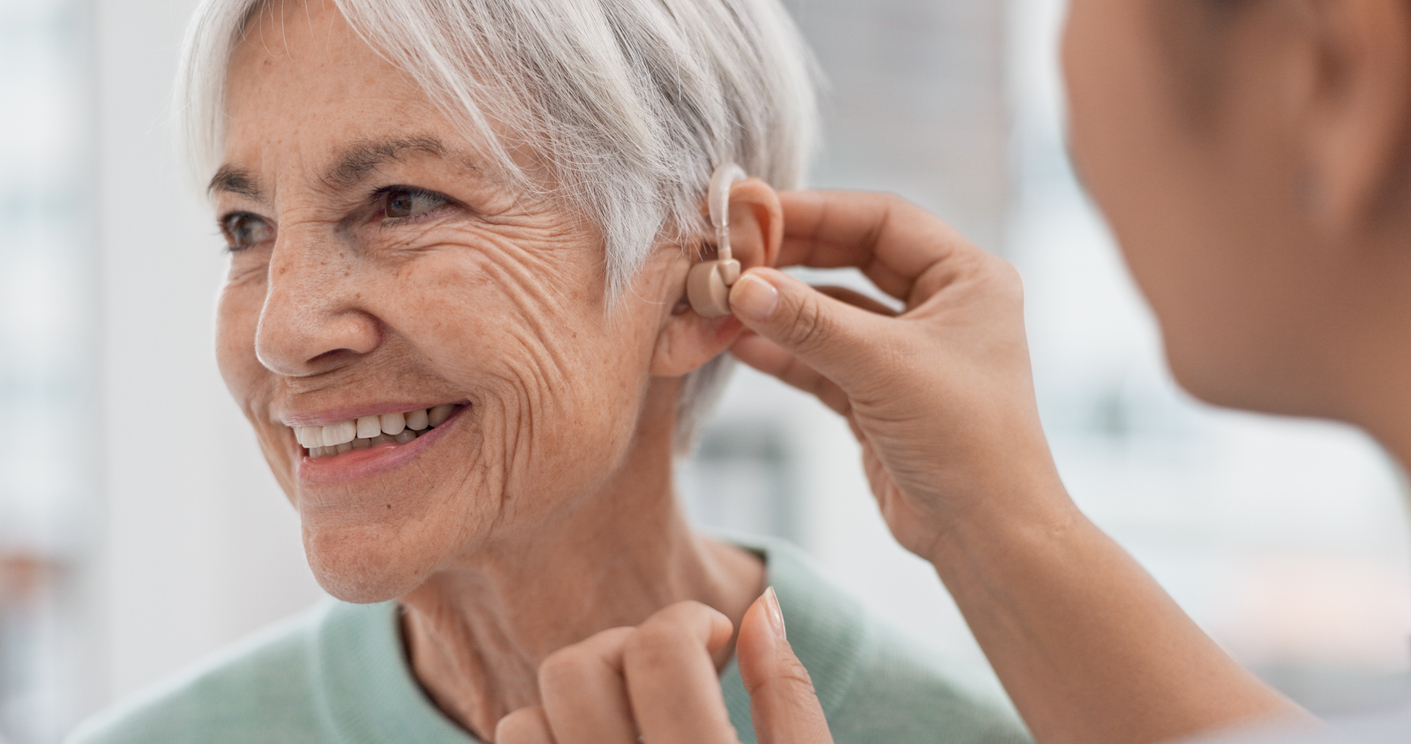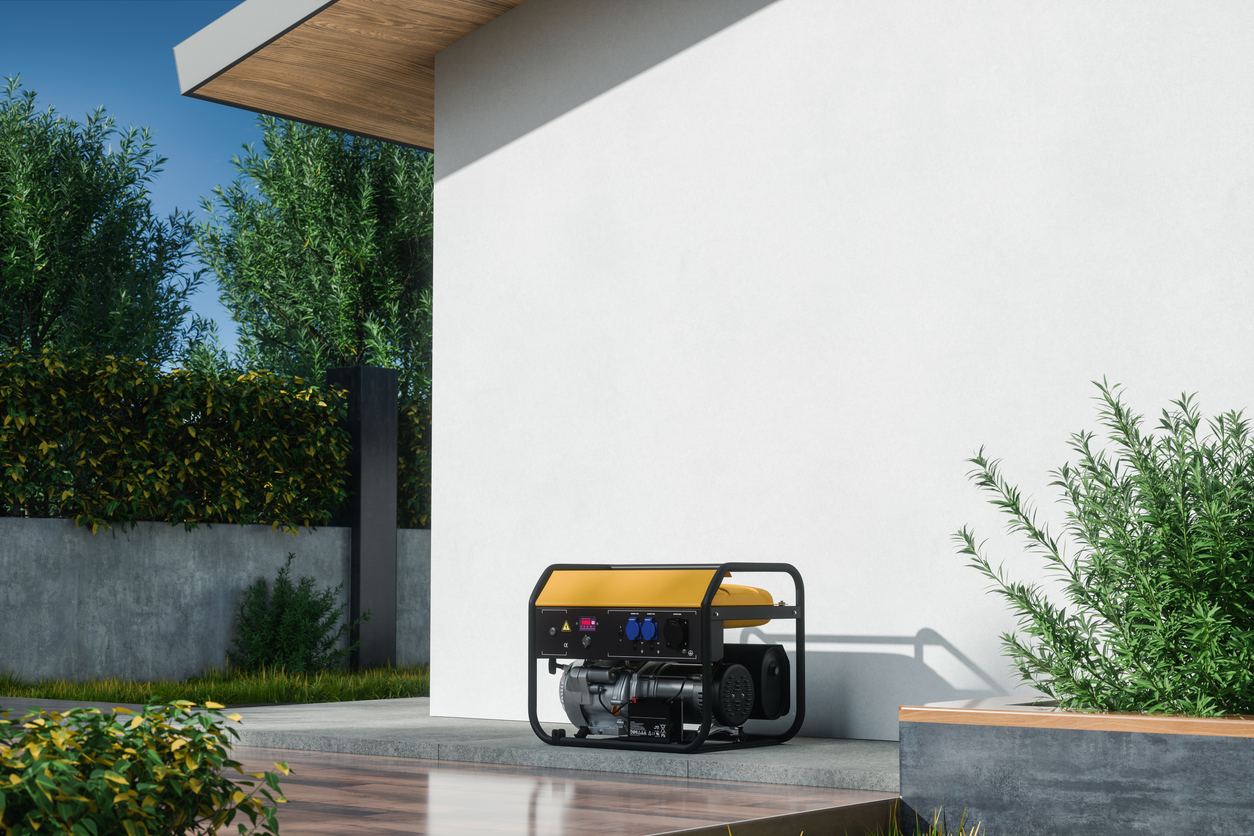Hearing aids are invaluable devices for individuals experiencing hearing loss, providing clarity of sound and enhancing the ability to communicate in everyday situations. Whether hearing loss is due to aging, injury, or illness, hearing aids can significantly improve quality of life. In this article, we will explore how hearing aids work, the different types available, their benefits, and important factors to consider when choosing one.

How Hearing Aids Work
Hearing aids amplify sound to assist those with hearing impairments. The devices consist of a microphone, amplifier, speaker, and battery. First, the microphone picks up surrounding sounds and converts them into electrical signals. These signals are then processed by the amplifier, making them louder. The speaker then transmits the amplified sound into the ear, allowing the user to hear sounds more clearly. Some hearing aids come with advanced features like noise reduction, feedback suppression, and Bluetooth connectivity, which allow for clearer communication in noisy environments.
Modern hearing aids are also equipped with digital technology, allowing users to adjust settings based on their environment, whether in a crowded restaurant or a quiet room. This flexibility provides a more personalized experience and helps manage background noise, giving users a natural listening experience.
Types of Hearing Aids
There are several types of hearing aids, each catering to different levels of hearing loss and lifestyle needs. The most common types include behind-the-ear (BTE), in-the-ear (ITE), and in-the-canal (ITC) devices.
Behind-the-Ear Hearing Aids: These hearing aids rest behind the ear and are connected to an earmold inside the ear canal. BTE models are often recommended for individuals with moderate to severe hearing loss, as they provide more amplification and are generally more durable.
In-the-Ear Hearing Aids: These hearing aids fit entirely inside the outer ear. They are larger than in-the-canal models but easier to handle and adjust. These are typically used by individuals with mild to moderate hearing loss.
In-the-Canal and Completely-in-Canal Hearing Aids: These are smaller devices that fit partly or completely in the ear canal, making them less visible than other types. However, due to their smaller size, they are less powerful and may not be suitable for those with severe hearing loss.
Choosing the right type of hearing aid depends on the user’s level of hearing loss, preferences, and the specific features they are looking for.
Benefits of Hearing Aids
Hearing aids provide numerous benefits beyond simply amplifying sound. They enhance the ability to communicate, improve safety by enabling the user to hear warning signals like alarms or car horns, and boost overall confidence.
People with hearing loss often find themselves isolated, as they struggle to engage in conversations or enjoy social activities. Hearing aids help overcome these challenges, fostering better relationships by making conversations easier. Additionally, studies show that hearing aids can reduce the risk of cognitive decline associated with hearing loss. By improving brain stimulation through regular auditory input, they help maintain cognitive functions.
Furthermore, hearing aids are now equipped with innovative features, such as wireless connectivity, allowing users to stream music or phone calls directly to their devices. This integration with modern technology makes hearing aids more convenient and versatile in daily life.
Factors to Consider When Choosing a Hearing Aid
Selecting the right hearing aid involves several factors. First and foremost, the level of hearing loss should guide your choice. Consulting with an audiologist is essential, as they can recommend a device suited to your specific needs after conducting a hearing test.
Lifestyle is another important consideration. Individuals who are frequently in noisy environments might benefit from hearing aids with advanced noise-canceling features, while those who enjoy listening to music or using smartphones may prefer models with Bluetooth connectivity.
Comfort and fit also play a key role. Hearing aids should be worn for several hours a day, so it is crucial that they fit well and do not cause discomfort. BTE models may be bulkier but often provide a better fit for those with severe hearing loss, while ITC models are smaller and more discreet but may not be as powerful.
Finally, cost is a major factor. Hearing aids can range from a few hundred to several thousand dollars, depending on the features and technology included. Many health insurance plans provide some coverage for hearing aids, but it’s important to research options and consider long-term investments such as maintenance and battery replacements.
Hearing Aid Maintenance
Proper maintenance is critical for ensuring the longevity and effectiveness of your hearing aids. Regular cleaning and care can prevent damage and extend their life. Most hearing aids come with a cleaning kit, including a brush and wax pick to remove earwax buildup.
It's also essential to store hearing aids in a cool, dry place when not in use. Exposure to moisture can damage the electronic components, so keeping them in a protective case is recommended. Additionally, batteries should be replaced regularly, and some hearing aids may require professional maintenance or adjustments from an audiologist to ensure optimal performance.
The Future of Hearing Aids
Advances in hearing aid technology continue to make these devices more effective and user-friendly. Innovations such as rechargeable batteries, advanced sound processing, and AI-driven features are rapidly becoming mainstream. Some hearing aids now come with health-monitoring capabilities, tracking metrics like heart rate or physical activity, adding another layer of functionality.
With these innovations, hearing aids are not just tools for amplification but are evolving into multifunctional devices that enhance overall well-being.
Conclusion
Hearing aids are life-changing devices that can greatly improve the quality of life for individuals with hearing loss. Understanding the various types, benefits, and maintenance practices is essential when selecting the right device. By working closely with an audiologist and considering personal needs, users can find the hearing aid that best suits their lifestyle, helping them reconnect with the sounds around them and regain confidence in their day-to-day activities.


